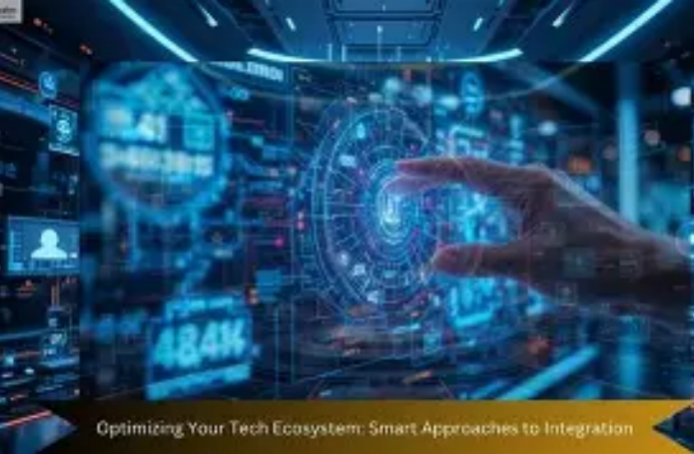The Green Breakthrough of the Intelligent Revolution: Decoding New Paths for AI Energy Efficiency Optimization

In today's rapidly advancing digital technology landscape, the energy consumption of intelligent systems has gradually become a key bottleneck hindering industry progress. Recent research from authoritative international organizations indicates that for artificial intelligence (AI) technology to truly unleash its societal value, it must resolve the contradiction between its growing energy demands and sustainable development. This technological innovation, crucial for the future, is sparking a global surge in efforts to enhance energy efficiency within the research community.
Breaking Through the Energy Consumption Dilemma
The energy footprint of intelligent systems far exceeds public perception. Studies show that the energy consumption of current mainstream image generation algorithms during a single computation is equivalent to the total energy usage of ordinary electronic devices operating for several hours. Even more concerning is that the annual energy consumption of high-performance computing chips has surpassed that of an average household, with the training process of some complex models generating energy consumption equivalent to that of hundreds of households over an entire year.
In response to this situation, researchers are constructing solutions from multiple dimensions. Optimizing operational strategies is paramount, implementing differentiated energy consumption management by distinguishing between the various stages of model training and inference applications. Experiments indicate that appropriately adjusting the temporal distribution and geographical allocation of computational tasks can significantly enhance energy usage efficiency. For instance, processing intensive tasks during low-demand periods on the power grid or prioritizing the use of data centers powered by clean energy have already shown promising results.
Paths for Technological Innovation
In the realm of hardware innovation, semiconductor companies are breaking through traditional architectural limitations. The latest bio-inspired computing chips draw on the operational principles of biological neural systems, significantly enhancing parallel processing capabilities compared to conventional products. A prototype from a certain laboratory has demonstrated remarkable computational efficiency, capable of executing more complex cognitive simulation tasks at the same energy consumption levels. Such innovative hardware not only drastically reduces the cost per computation but also opens up possibilities for cutting-edge applications like real-time learning.

Reconstructing the Industrial Ecosystem
The industry ecosystem is undergoing profound changes. The previous singular focus on scaling model development is gradually shifting towards prioritizing efficiency, with breakthroughs in parameter-efficient algorithms and probabilistic computing frameworks demonstrating that smaller models can also achieve high-performance outputs. A new computing architecture launched by a tech company showcases several times the energy efficiency of traditional chips by optimizing the physical characteristics of electronic components in specific scenarios.

In this contest between intelligence and energy, technological innovation and industrial transformation are reshaping the industry landscape. From the leap in chip architecture to the meticulous design of algorithms, and from intelligent management of energy dispatch to the systematic construction of policy frameworks, humanity is weaving an energy efficiency optimization network that spans the entire technological chain. This green intelligent revolution not only concerns the evolution of technology itself but also represents a significant test of humanity's capacity for sustainable development.
(Writer:Galli)



